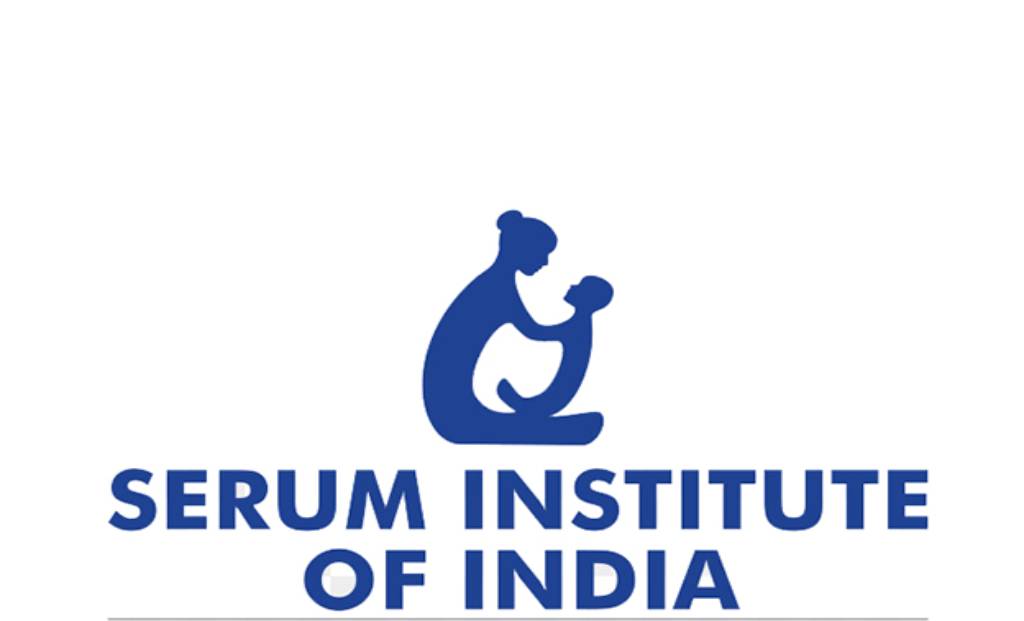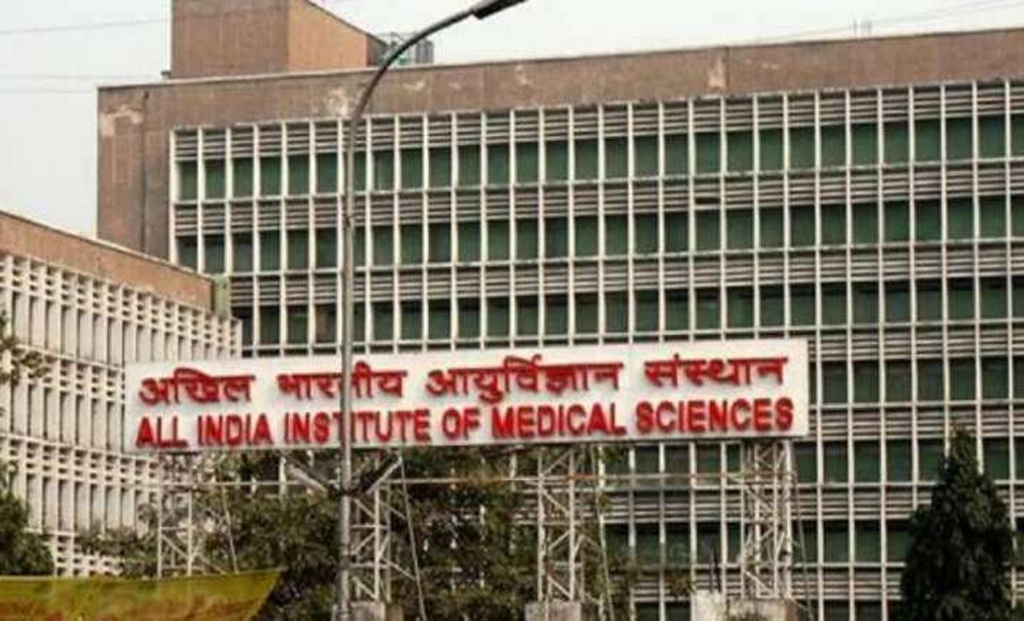“Revolutionizing Healthcare through Technology: From Traditional Data Storage to Digital Transformation”
Mr. Sachin Nigam, CTO, Goavega Software Pvt. Ltd. Technology adoption in healthcare has come a long way now, in terms of refining its data management processes, from traditional storage to digitalization of healthcare data. Healthcare institutions were looking towards digital transformation methods in order to stay afloat and provide the best possible patient-centered care. Hospitals and health systems have had little choice but to alter care delivery to meet the pandemic’s challenges since the outbreak. Years of digital evolution in healthcare happened in a short time, even before the covid-19 pandemic. The benefits of cloud optimization have been demonstrated for both healthcare practitioners and patients.
“Empowering Healthcare through Cloud Computing: Lowering Costs, Enhancing Patient Engagement, and Removing Location Barriers”
On the business side, cloud computing has proven to be effective in lowering operational costs while enabling healthcare providers to offer prompt, high-quality, tailored treatments. Cloud computing has also improved patient engagement, helping them be more involved in the process of making informed decisions, by giving them access to their own healthcare data. The democratization of healthcare data and its remote accessibility, liberates both clinicians and patients, removing location obstacles to healthcare, has been a hallmark move in healthcare technology.
Here are some of the ways cloud optimization is impacting the Healthcare sector:
-
Lower costs:
Cloud computing is based on the availability of computer resources such as data storage and processing power on demand. The requirement for hospitals and healthcare organizations to purchase hardware and servers altogether is eliminated. There are no upfront costs connected with data storage in the cloud. You just pay for the resources you utilize, resulting in significant cost savings. In addition, cloud computing provides the most ergonomic environment for scaling, which is a desirable attribute in today’s world. With patient data streaming in from a variety of sources, including EMRs, healthcare apps, and health wearable’s, a cloud-based system is ideal for scaling and undergoing capacitive upgrade while keeping costs down.
-
Access to advanced Analytics:
Healthcare data, both structured and unstructured, is a tremendous resource. In the cloud, relevant patient data from many sources may be gathered and calculated. Medical research can be boosted by using Big Data analytics and artificial intelligence algorithms on cloud-stored patient data. Processing huge data sets becomes more viable because of the cloud’s enhanced computational capability. Analyzing patient data can also lead to the development of more individualized care plans for patients on an individual basis. It also guarantees that all relevant patient information is recorded and that nothing is overlooked when prescribing medications. When it comes to retrieving essential patient data, cloud-based data analysis comes in useful.
-
Advanced diagnostic technology:
Accurate and timely diagnosis is the key to win a fight against any disease or illness. Over the years, diagnostic technology has seen some breakthrough innovations and set some remarkable examples of tech adoption, from ML, AI, IoT and blockchain. Laboratory automation has been one of the key features, along with automated test report generation and distribution. In times like the pandemic, tech adoption is helping laboratories effectively manage the huge load of samples, carry out accurate test procedures, and share results faster. Apart from the COVID tests, diagnostic technology can also help streamline and handle the other routine tests, in spite of the huge COVID sample load, ensuring the laboratory operations are seamless and that other patients are equally catered to, during these crises.
-
Robotic Process Automation (RPA)/ Hospital Automation:
AI powered automation has been adopted across industries and is seen to be one of the single most disruptive factor to bring in efficiency, increase TAT, reduce dependency on human resources and drive productivity, at reduced costs. Hospital automation, or RPA is one such tech innovation that can be of immense help for managing hospitals and healthcare facilities, especially in times of such crisis. From scheduling of doctors and nursing staff, assigning beds or rooms, scheduling OR and consulting room assignments to creating and maintaining a patient treatment record, managing out patients and, especially during COVID, manage the testing and vaccination rush, automate reports and send reminders and appointments for regular patient visits. Apart from these routine operations, AI powered automation is also been used to assimilate and analyses patient and treatment related data that can be crucial to medical research, assimilate and process the best of updated international developments in oncology, surgery, the COVID pandemic and other illnesses, to ensure that the doctors and the medical staff are well informed and updated at all times.
“Unlocking Healthcare Advantages: Cloud Computing’s Cost Savings, Scalability, and Collaborative Potential”
The use of cloud computing in healthcare provides a number of benefits, including cost savings, scalability, and the opportunity to collaborate among healthcare experts. According to the most current research on the issue, clinical associations are considering implementing a cloud platform, with the biggest barriers being security concerns.
For a wide scale application of cloud, data security is of utmost importance. Implementing processes like VPC, data encryption, etc. cloud optimization can be made more secure, with lower costs, enhanced data security, scalability, and business agility, while minimizing the danger of cyber-attacks for many firms. However, in order to get and effective and efficient solution, it is vital for businesses to partner with and enlist expert Cloud computing service providers who are well versed and experienced in modernizing or customizing existing cloud infrastructure to meet the demands of Healthcare sector, so as to ensure you can leverage the maximum benefits of the new technology.











